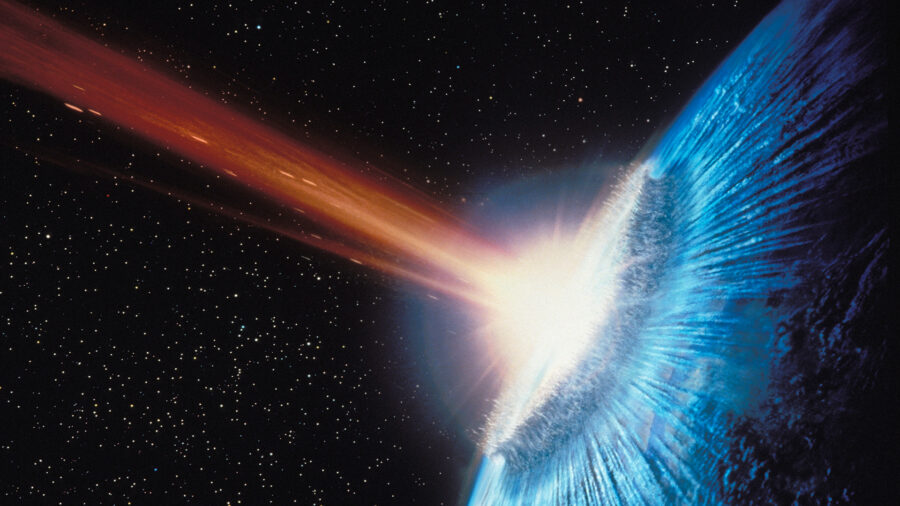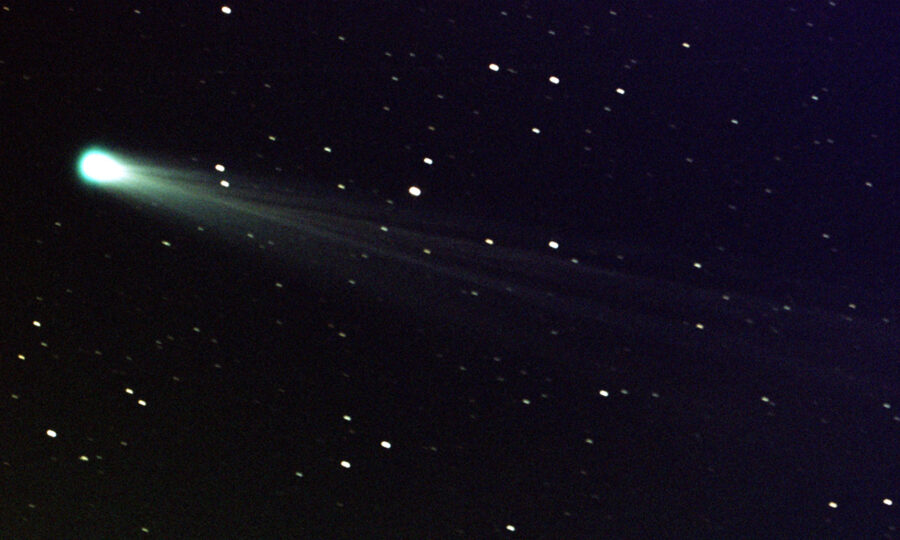A 100-Mile Wide Comet Is Headed Towards Earth
An enormous comet is coming towards Earth.
This article is more than 2 years old

Humanity’s affinity for space can be traced back to the earliest known civilizations. It’s easy to see why because, the night sky, if one is lucky enough to live in a part of the world that is unaffected by the barrier of ambient light, is truly a glorious sight to behold. And every so often, if one is in the right place at the right time, they’ll be able to catch a glimpse of a shooting star, witness an eclipse, or watch as a comet speeds by. While the latter is certainly an event worth watching, the possibility that the comet could potentially break its orbit around the sun and instead come careening towards Earth remains a frightening consideration. It didn’t work out so well for the dinosaurs when they were unfortunate enough to experience the wrath of another sizable celestial object. Now, according to Futurism.com, scientists have confirmed that a recently discovered massive comet is on a path headed straight for Earth.
The comet was initially discovered by a pair of researchers, Pedro Bernadinelli and Gary Bernstein, from the University of Pennsylvania, for whom the comet was christened Bernardinelli-Bernstein or BB’s comet. After seven years of extensive research, the pair was able to publish their findings in The Astrophysical Journal Letters database and deduced that the gigantic otherworldly object was an astonishing 60 to 100 miles in length and was likely formed the universe’s even horizon, better known as the big bang.

While it is unsettling to think that a comet of that size and scope is headed for entry into our solar system, and will come rather close to Earth, it looks as though it won’t have any danger of actually coming into contact with the planet. In fact, News Today explained that current trajectory estimates place BB gliding along between Saturn and Jupiter before it completes its loop around the sun. They further pointed out that, given that the last time the likes of BB would have been in the Milky Way was approximately 3.5 million years ago when it gets close enough in what is expected to be 2031 scientists and researchers will have a rare opportunity to gather data from such an ancient celestial object.
Perhaps by the time BB drops by the Milky Way to say hello, researchers will have further fine-tuned robotic capabilities and would have found a way to send a robot, like Caltech’s newly developed Leo, to gather some otherwise unobtainable information without running the risk of it being incinerated. Or perhaps even, given the sheer size of the BB comet, people who live in areas typically unable to see events that transpire in the night sky will get a rare glimpse at this impending momentous occasion, similar to how the residents of the Windy City got a front-row seat to a giant UFO hanging over their heads.
Regardless if one is able to witness BB’s comet when it eventually blows overhead, Its arrival will certainly mark an exciting and potentially enlightening opportunity for scientists to further the world’s knowledge of the still largely unexplained mysteries of space.












